
Indian Institute of Advanced Study

121 books
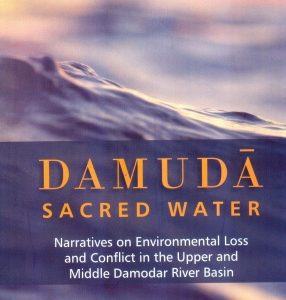
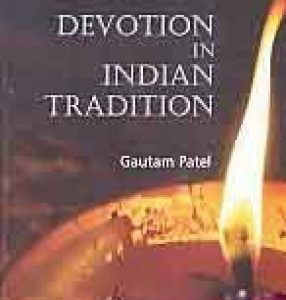
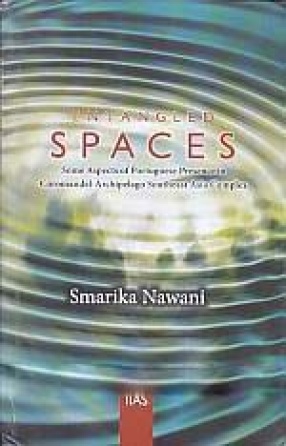
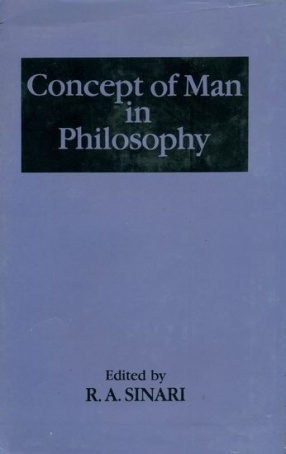
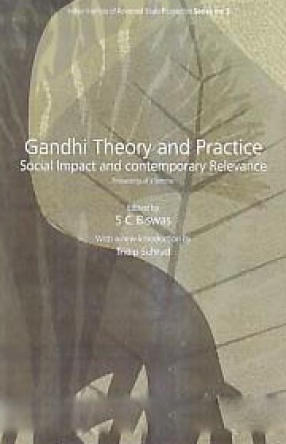

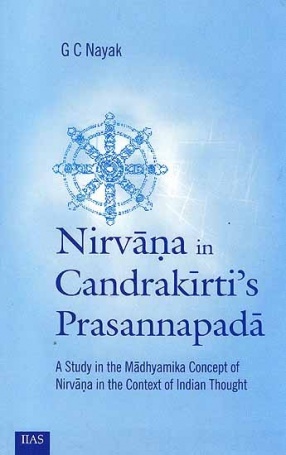

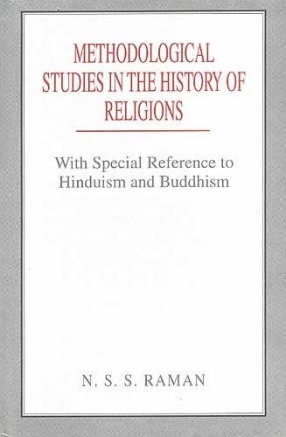

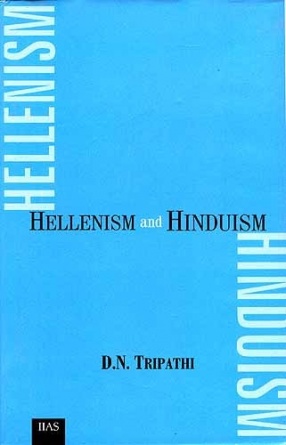
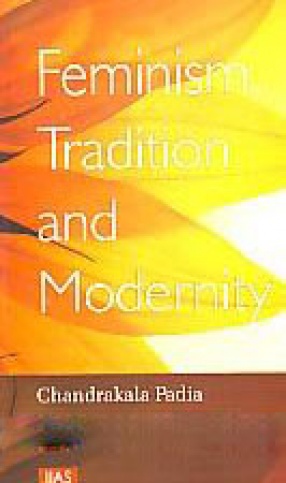


Damuda: Sacred Water, looks at narratives around environmental loss and conflict along the upper valley of the Damodar River Basin in eastern mainland India.
The river Damodar flowing through Jharkhand and West Bengal is often used as a poignant metaphor to indicate environmental loss in the lives of local and indigenous folk living here.
The upper tract of the Damodar, is a site of large scale industrialisation since the 1950s, home to the oldest coal mines, ...

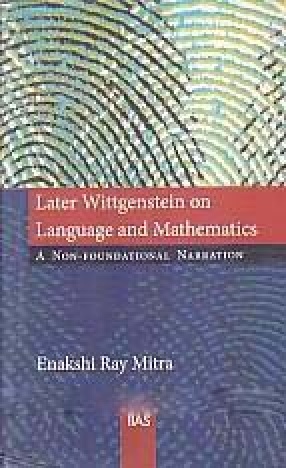

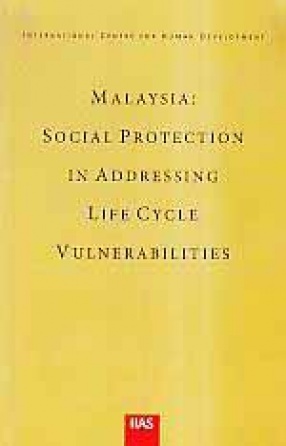
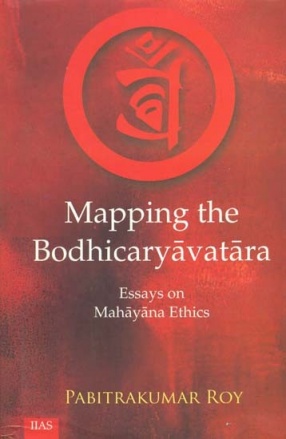
Mapping the Bodhicaryavatara is an interpretive study of the great Mahayana ethical treatise focusing on Bodhisattvayana as it is variantly called. The Bodhicaryavatara is a world classic, and the author, Santideva is a hallowed name in Mahayana discourse, his views and ideas are regarded as of great authority, and the text is incorporated in the Tengyur, the Tibetan cannon of apocryphal writings.
The Bodhicaryavatara is a philosophical poem, and the theme is the ...

Indian Institute Of Advanced Study, Shimla was perhaps the first research organization in India to have staged some years ago a seminar on MAN. The seminar was a many-pronged intellectual exercise directed toward the understanding of human reality. Although the participants were mainly philosophers, drawn from Indian universities, the papers and discussions at the seminar covered diverse aspects of human life-anthropological, psychological, ethical, ontological, ...
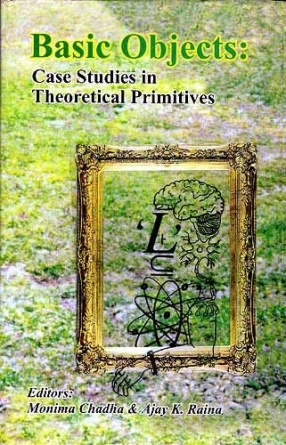
The book dives deep into the ocean of Basic Objects which have unfathomable qualities. These Basic Objects have been taken from physics, arithmetic, language, sociology and other disciplines. It contains nine cases in theoretic primitives from national and international experts. The book presents intellectual panorama of highest metaphysical and scientific nature to the scholarly world.
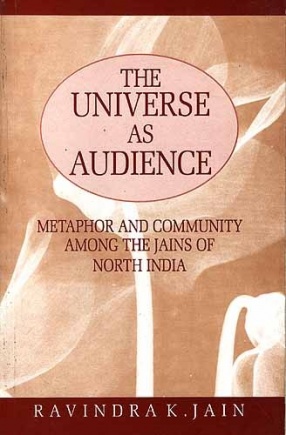
How does one gain an understanding of the socio-religious life of a group of believers in contemporary India (in which group the author himself is an occasional practitioner) and communicate it to readers who may be largely unfamiliar with it? This pioneering sociological account of the Jains of North India addresses the question by experimenting to interweave form and content through a reliance on diverse sources of information, techniques and points of ...
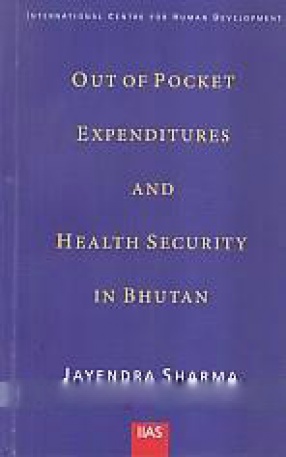
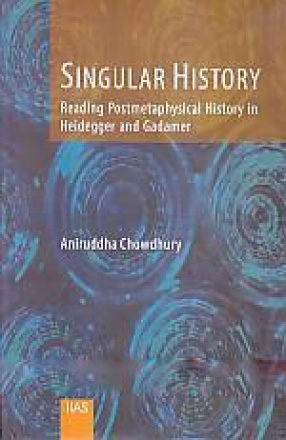
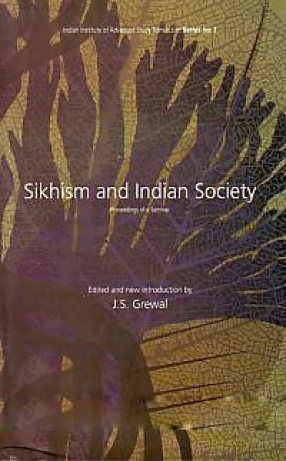
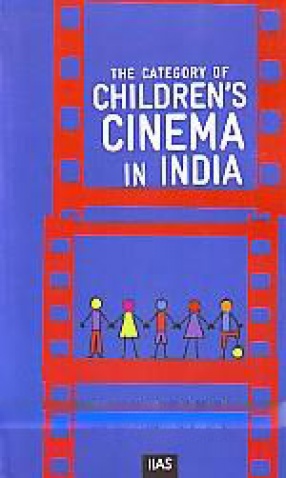
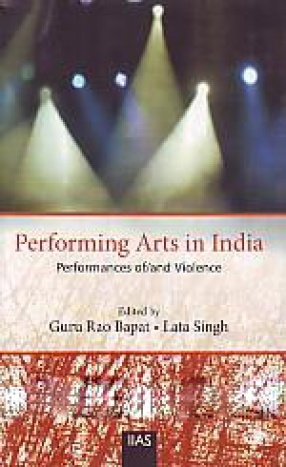

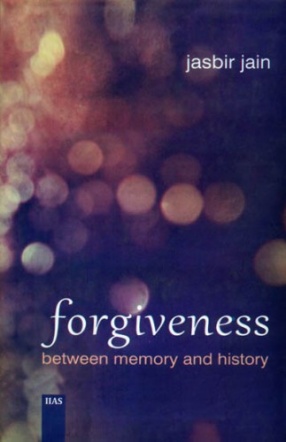
Forgiveness: Between Memory and History is a work that has risen out of a felt need of our times where violence and forgiveness. The Western discourse going beyond the religious has located forgiveness in legal and historical issues, but the Eastern tradition have commented both on its underlying presence and its surface realization. Working with religious and cultural pasts, the present work asks the questions: what happens when forgiveness enters political ...

The Mauryan Age is seminal period in the political and socio-cultural life of the people of India. It was characterized by the rise of imperial power to an unprecedented level, the blossoming of culture and arts, the growth of economy and brisk contacts with lands and people beyond its geographical frontiers. It is to this age that the term ‘Classical’ is appropriately applicable, and with sufficient good reason, in so far as it has served India as an ...

The present work is an analytical philosophic enterprise dealing with a specific topic, viz. nirvana, in Candrakirti’s Prasannapada, which represents and is a standing testimony to the Buddhist critical philosophy par excellence. A unique revolution in the world of thought has been brought about by Acarya Candrakirti, the great Prasangika Madhyamika thinker of 7th century C.E., through his theory of nirvana as sarva/nirvasesa Kalpanaksaya (cessation of ...

Among our Simla friends who helped to make our time there a happy one I must particularly mention our dear neighbours Rameshwar and hede Dayal, both stalwart supporters of the Indian Institute of Advanced Study since its inception, also our old friends Narottam and Sarala Sahgal, and likewise the Governor of Himachal Pradesh and his wife, Admiral and Mrs Gandhi. Charles Bawden obliged me very much by identifying several of the Mongolian names and terms found in ...

In this book, the methods adopted by traditional scholars for the study of World's religions have been examined with a view to suggesting a more rigorous methodology for it. While recognizing the pioneering efforts of Western scholars like the missionaries, academic men and civil servants, it has been found that most of their approaches suffer from parochialism, Eurocentrism and from what the author calls 'the elder brother complex'.
The author rejects the ...

It is an introduction to interpretation of the Mantras of the Rksamhita. In the first part of the first volume of the three-volume Veda mimamsa, Anirvan has dealt with the modes of interpretation in general. In the second part of the same book he has reflected on the Vedic literature in brief. Anirvan's explanation of the Veda has looked into the poetical philosophy of the poet seers, which he has named as Chinmaya Pratakyakshavada. This thought provoking work of ...

The area and topics of discussion on this subject could be quite wide. Since many scholars, both in India and outside, have discussed some of the topics at length, the author has selected some basic concepts from the two cultures for discussion in this monograph. The nature, origin, and evolution of languages, the concept of man and the idea of humanism, the concept of cosmology and cosmology, the nature of justice, Social justice, and the meaning and nature of ...

